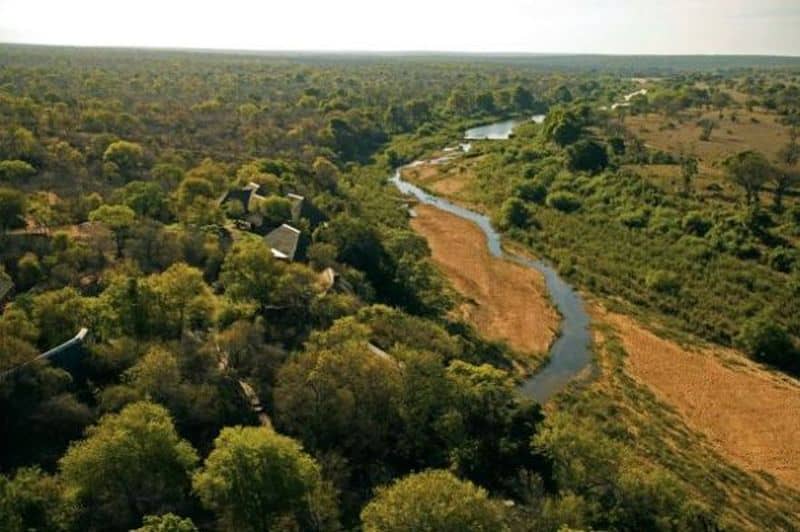Areas that are preserved, maintained, or managed for their cultural, natural, or ecological values are known as protected areas. These areas serve to prevent a loss, extinction, or damage to species, ecosystems, or cultural practices. Many protected areas have been very successful in doing just that and are valued for their success in preserving particular attributes native to the area. Let us take a look at five of the largest protected areas in the world that work hard to maintain a standard so that many may enjoy the areas in the future.
Great Limpopo Transfrontier Park, Africa
A transfrontier park is a protected area that spans across two or more international borders. Africa is home to many such parks, but one of the largest and most well known is the Great Limpopo Transfrontier Park, which covers parts of South Africa, Mozambique, and Zimbabwe. It is made up of ten individual parks, most notably the Kruger National Park in South Africa, which attracts more tourists and visitors than any other park in the area. If you have gone on safari in southern Africa chances are you went to the Kruger National Park. It is the favorite of many because it is home to the Big Five: lion, African elephant, Cape buffalo, leopard, and rhinoceros. The rhino is nearing extinction with many of its sub-species dying out already. It is important that Great Limpopo Transfrontier Park, as well as others, protect these gentle giants.
Galapagos Marine Reserve
The Galapagos Islands are most famously known for their role in Charles Darwin’s theory of evolution. Darwin studied many species here and even today, more and more creatures are being discovered. The mixture of cold and warm currents as well as fresh water and salty seawater has resulted in a concoction of weird and wonderful species. The islands have a long history in exploration and science. It is essential then that this historic place be preserved. The Galapagos Marine Reserve does exactly that as the second largest marine reserve in the world.
Great Barrier Reef Marine Park, Australia
Australia is a favorite for many who enjoy sun, sand, and surfing. From its pristine, crystal blue beaches to the blood-red outback, it has many natural wonders. One such wonder is the Great Barrier Reef: the largest coral reef system in the world. It is so big that it can be seen from outer space, but that does not mean that it cannot disappear. Human interference damages and destroys parts of the coral reef and so the Great Barrier Reef Marine Park has been set up to limit human activity in the area. Not only is it celebrated for its unique beauty, it is revered as a sacred place of both cultural and spiritual beliefs. Although we cannot stop climate change and the impact it has on the reef, we can prevent fishing and remove harmful matter that does not belong there.
Kavango-Zambezi Transfrontier Conservation Area
Another transfrontier park in Africa is the Kavango-Zambezi Transfrontier Conservation Area. Unlike the Great Limpopo Transfrontier Park, this conservation area falls on five countries: Angola, Botswana, Namibia, Zambia, and Zimbabwe. The purpose of the park is not only to preserve the natural habitat and wildlife of the area; it is to encourage tourism in each of the five countries. The Okavango Delta and Victoria Falls are a favorite of many visitors; Okavango Delta being a large water basin frequented by many animals, and Victoria Falls, also known as ‘the smoke that thunders’ a popular wedding destination or adventure spot for thrill-seekers keen to brave Devil’s Pool.
Chagos Marine Protected Area
Chagos Marine Protected Area: the largest marine reserve in the world. Located in the British Indian Ocean Territory in the cleanest water, it is twice the size of the United Kingdom and home to one of the healthiest reef systems in the world. Chagos is made up of 55 small islands so it is no wonder that it has an array of species and ecosystems.
Summary:
Conservation areas, transfrontier parks and other protected areas are vital in the preservation, maintenance and saving of many ecological forms, natural landscapes and cultural values.


